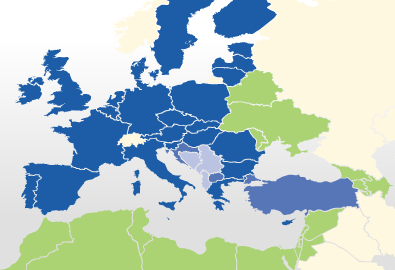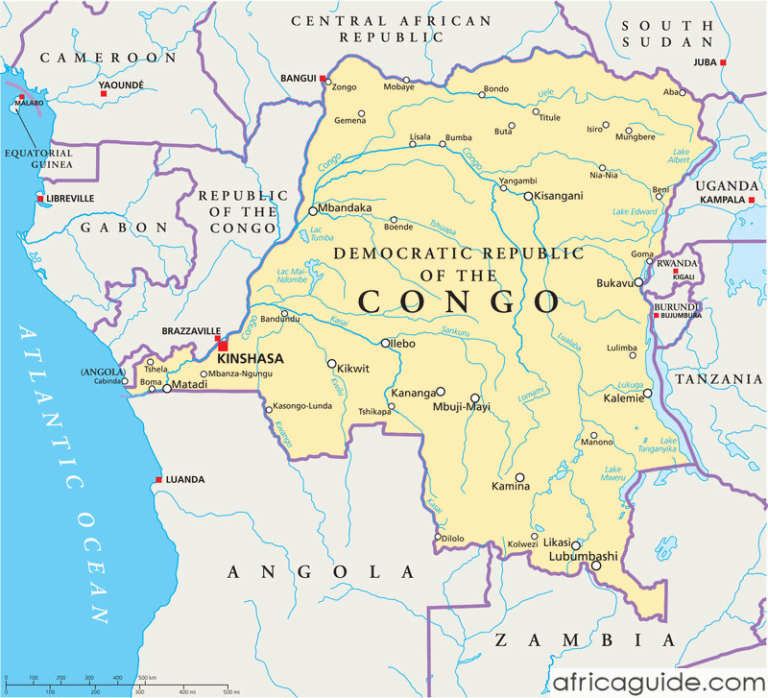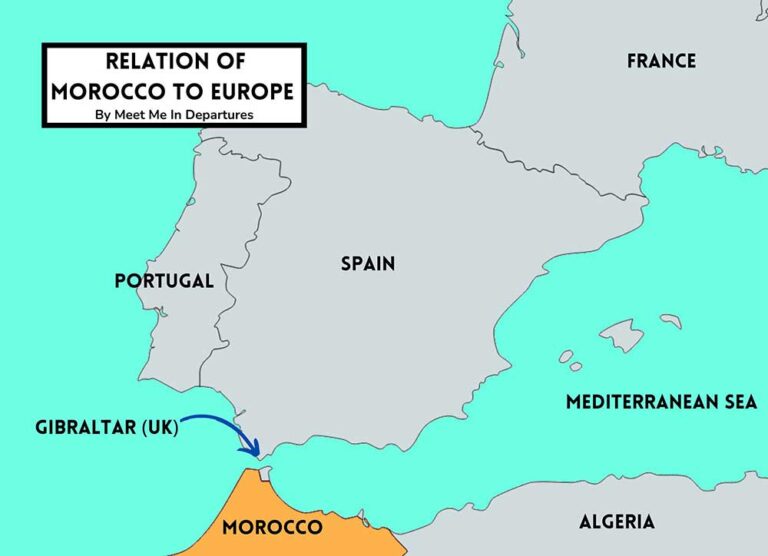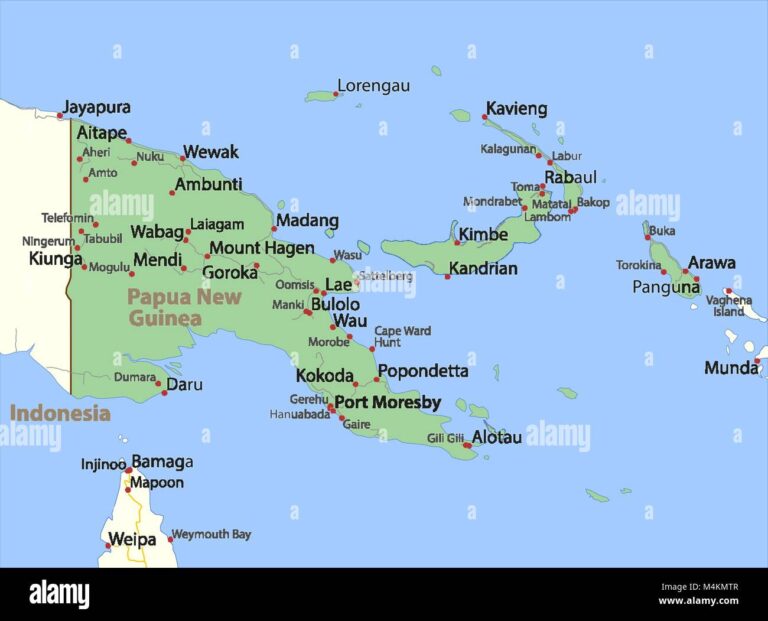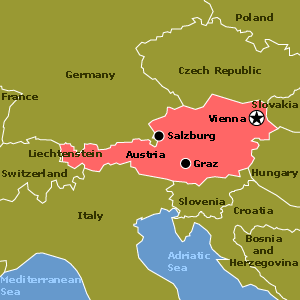Senegal Neighbouring Countries and West African Neighbors
Senegal’s Neighbors
Checking out who lives next door to Senegal gives us a peek into the area’s geography, money matters, and cultural hangouts. Sitting pretty in western Africa, Senegal is a big player and rubs elbows with four other countries.
Bordering Countries Overview
Senegal’s got a sweet spot in western Africa and is often dubbed the “Gateway to Africa” (Britannica). This prime location connects loads of air and sea routes. Who are the neighbors? Here they are:
- Mauritania up north
- Mali over to the east
- Guinea hanging out in the southeast
- Guinea-Bissau chilling in the southwest
Don’t forget The Gambia, a quirky little country almost wrapped up by Senegal except for its west-side coastline on the Atlantic Ocean.
Shared Boundaries with Mauritania, Mali, and Guinea
Mauritania
Senegal’s longest handshake is with Mauritania, stretching about 742 kilometers. The border mostly follows the Senegal River—an essential lifeline for farming, fishing, and power for both countries (Land Links). Both nations lean on the river’s basin for bigger harvests and urban development.
Mali
Heading east, Senegal and Mali share around 489 kilometers of boundary space. This path is a big deal for shipping goods and digging up minerals (Land Links). Senegal and Mali are hooking up over infrastructure, especially in mining and farming, boosting their ties and growth.
Guinea
South-eastwards, their border with Guinea is roughly 330 kilometers long. This space is loaded with lush resources and a mix of ecosystems. Both sides are working hard to protect what they’ve got while pushing economic progress with eco-friendly moves (Land Links).
| Country | Border Length (km) | What’s Cool |
|---|---|---|
| Mauritania | 742 | Senegal River stuff |
| Mali | 489 | Trade goods and minerals |
| Guinea | 330 | Nature’s bounties |
| Guinea-Bissau | 338 | Casamance region ties |
This peek shows us that Senegal’s borders with Mauritania, Mali, and Guinea aren’t just lines on a map. They’re lifelines for shared growth and progress, highlighting why keeping the peace is a smart move.
If you’re into learning more about how neighboring countries get along, check out these articles: Serbia Neighboring Countries, Somalia Neighboring Countries, and Sierra Leone Neighboring Countries.
Senegal’s Economic Connections
Grasping the economic links and growth tactics is vital when checking out Senegal’s nearby countries. This includes how the nation’s been dabbling in minerals and what’s making its economy bounce back.
Mineral Sector Investments
Senegal’s rocks are rolling in the dough! The country is buzzing with interest from abroad thanks to its shiny treasures—gold, phosphates, iron ore, marble, zircon, you name it (Land Links). The big wigs in charge are gunning to use this treasure trove to boost economic progress.
What they’re eyeing is better ways to dig up these goodies, which means amping up their roads and rules to make sure everyone gets a piece of the pie.
| Mineral | Key Investments | Infrastructure Needs |
|---|---|---|
| Gold | Lots of foreign cash flowing in | Better roads to move the loot |
| Phosphates | Global folks wanna chip in | Smarter management needed |
| Iron Ore | New digs happening | Top-notch mining tools |
| Marble | Eye-catching to outsiders | Smooth-running supply lines |
| Zircon | Reserves are massive | Beefed-up export routes |
Economic Recovery Factors
Senegal’s comeback story is one for the books, especially when you think about the hiccups in the ’90s. By 2000, it wore the “least developed” label with earnings per head under $500 (Land Links). Here’s what they owe their leap back to:
- Fresh Leadership: New folks took charge, bringing along political calm and sensical money moves.
- Peace Deals: Sorting out beef, mainly in Casamance, paved the way for business to get booming.
- Better Weather: Mother Nature gave a helping hand, boosting farming, which is bread and butter for Senegal.
- Business Boost: A big push for private businesses to step up and be part of the action.
If you’re into more on what’s happening around, dive into Senegal neighboring countries or maybe see how United Arab Emirates neighboring countries and Singapore neighboring countries stack up.
To keep the ball rolling, Senegal’s doubling down on better roads and rules, stirring up a bustling business scene, and locking down a cool and calm social climate. These are must-haves for a growth spurt that’ll stick around.
Agriculture and Fisheries in Senegal
Farming in Senegal
Agriculture’s kinda the bread and butter, or should we say millet and maize, for folks in rural Senegal. A whopping 95% of farmers are workin’ small plots, between 1.5 to 5 hectares. The big players, that 5%, hang out mostly near the Senegal River Valley and cities like Dakar and the lush area of Casamance. Groundnuts – peanuts to you and me – are the big-ticket export.
What’s cooking in the fields? Millet, rice, maize, and those handy groundnuts. The Senegal River Basin’s got its hand in a lot, sharing resources with Guinea, Mali, and Mauritania, aiming to amp up rice yields, generate power, and spur some industrial action. This basin hustle is bringing back the good times, getting businesses to roll up their sleeves and dive in.
| Farm Type | Percentage | Size (hectares) |
|---|---|---|
| Smallholdings | 95% | 1.5 – 5 |
| Larger Farms | 5% | Varies |
Fishy Business in Senegal
Fishing’s no small fry in Senegal. It’s a lifeline for many, putting food on the table and coins in the pocket. Fish makes up about 75% of animal protein consumed and reelin’ in around 22 to 30% of export dollars between 2001 and 2008. With 600,000 people casting nets and hauling lines, that’s about 15-17% of the workforce in fisheries.
| Metric | Percentage (%) |
|---|---|
| Animal Protein (Fish) | 75 |
| Export Earnings | 22 – 30 |
| Fisheries Employment | 15 – 17 |
Keeping fish populations healthy? That’s the name of the game. Balancing the books with nature’s accounting sheet is vital to keep both the pantry and the economy stocked. Sustainability ain’t just a buzzword; it’s the golden rule to ensure we’re still fishing tomorrow.
Curious how countries nearby play a part in sharing resources and ideas? Check out serbia neighboring countries and sierra leone neighboring countries for a broader picture. It’s like peeping over the neighbor’s fence to see what herbs they’re growing to spice up the stew.
Development Support in Senegal
World Bank’s Presence
The World Bank’s involvement in Senegal is like a backbone for the country’s progress. It’s not just about throwing money into projects but genuinely enhancing Senegal’s development. The World Bank’s lineup in Senegal includes 21 national projects adding up to about $3.07 billion, also tagging along 11 regional operations worth around $834.5 million, all backed by the International Development Association (IDA). Tag-teaming with the World Bank, the International Finance Corporation (IFC) has put forth a $387 million portfolio, and the Multilateral Investment Guarantee Agency (MIGA) stands tall with commitments hitting $773 million.
The World Bank touches many areas, like helping farms facing climate changes, boosting food security, lifting the standards of basic education, and making transport and urban living better. These projects are more than just a line on a spreadsheet; they are real steps forward for Senegal (World Bank).
Development Agencies Harmonization
In Senegal, they don’t just play around with development money; they have a plan! Different development buddies, like the World Bank, work together to make sure their actions are singing the same tune. These guys are focused on areas like climate, food security, and making cities better. When they team up, their power multiplies, and good things happen faster and with precision (World Bank).
This collaboration among the helping hands highlights the need for game plans that bring everyone together to tackle obstacles and boost growth sustainably in Senegal.
| Agency | Focus Areas | Portfolio ($ Million) |
|---|---|---|
| World Bank (IDA) | Climate change, food security, infrastructure, education | 3,070 |
| IFC | Private sector investment | 387 |
| MIGA | Investment guarantees | 773 |
Curious about the neighbors in other necks of the woods? Check out more info on Serbia neighboring countries, Seychelles neighboring countries, and Sierra Leone neighboring countries.
Senegal’s Geographic Borders
Senegal sits at the super-cool tip of West Africa, showing off with some killer land and ocean borders. Knowing these borders isn’t just nerdy—it’s key to getting how Senegal vibes with its regional pals and grows economically.
Land and Maritime Boundaries
Senegal snags a prime spot by cuddling up to both land neighbors and the sea. To the west lies the expansive North Atlantic Ocean, making waves for its fishing biz and seafaring adventures. On land, it cozies up to five countries:
- Up north, you’ll find Mauritania
- Heading east, say “hi” to Mali
- Guinea chills to the southeast
- Catch Guinea-Bissau to the southwest
- And don’t forget The Gambia, an enclave that’s pretty much wrapped by Senegal from the north, east, and south.
Cape Verde also chips in with a friendly splash of a maritime border.
Here’s a quick lowdown on Senegal’s land borders:
| Country | Border Length (miles) | Quirky Highlights |
|---|---|---|
| Mauritania | 507 | Senegal River Basin vibes |
| Mali | 260 | Rolling past Falémé River |
| Guinea | 219 | Hill-filled scenes |
| Guinea-Bissau | 211 | Lowland hangouts |
| The Gambia | 465 | Basically, a cozy enclave |
This info’s from the wise folks at World Bank and World Atlas.
Longest Land Border with Mauritania
Mauritania and Senegal share the longest stretch of land love at about 507 miles. More than just a ruler-breaking length, this border is a treasure chest of natural goodies. The Senegal River Basin dances along much of this border, a super important space pointing to Mauritania, Mali, and Senegal. It powers up rice fields, zaps energy through hydropower, and gets urban areas bustling (Land Links).
Check out how nearby buds affect the scene in other articles: sierra leone neighboring countries, somalia neighboring countries, and south africa neighboring countries.
Ethnic Diversity and Language
Peeking into the vibrant mix of cultures in Senegal gives a vibrant taste of its heart and soul. Nestled in West Africa, this nation is like an intricate patchwork quilt of ethnic flavors and languages, each square telling a piece of its past and present.
Religious and Ethnic Demographics
Islam is the big cheese here, with a whopping 97.2% of folks following this faith. Christianity isn’t left out; with 2.7%, it’s a small but significant niche, mostly Catholic. This mix paints a pretty picture of Senegal’s historical hitchhiking across various trails of trade, influence, and intermingling.
Now, talk about a melting pot! Senegal’s got its fair share of unique tribes. Leading the pack are the Wolof, Fula, and Serer clans. They’re the headliners, but don’t skip over the vibrant presence of the Mandinka, Jola, and Soninke, each adding their unique brushstrokes to Senegal’s cultural canvas.
| Ethnic Group | Percentage of Population |
|---|---|
| Wolof | ~43% |
| Fula | ~24% |
| Serer | ~15% |
| Mandinka | ~4% |
| Jola | ~4% |
| Soninke | ~4% |
Source: Wikipedia
Official and Widely Spoken Languages
French—yeah, that old colonial carryover—sits as the official language. But don’t get it twisted, Senegal is a linguist’s paradise with over 30 tongues wagging across the terrain. Wolof, hands down, is the MVP in chitchat, media, and all things everyday, side-kicking the official French.
Here’s a lineup of some other chatterboxes:
- Pulaar: The Fula folks’ language of choice.
- Serer: Beloved by the Serer speakers.
- Mandinka: Chats of the Mandinka.
- Jola: Spoken down south in Casamance by, you guessed it, the Jola folks.
| Language | Usage |
|---|---|
| French | Runs the show in schools, government, and official biz |
| Wolof | Top pick on the streets and in urban hangouts |
| Pulaar | Heard in pockets where the Fula settle |
| Serer | Signal fire for the Serer community |
| Mandinka | Hits the right notes among Mandinka clans |
| Jola | Jives in Casamance with the locals there |
Sourced from Wikipedia
If you’re curious about how other places compare, scope out our takes on San Marino’s neighborly vibe and take a gander at Sao Tome and Principe’s friends next door.

